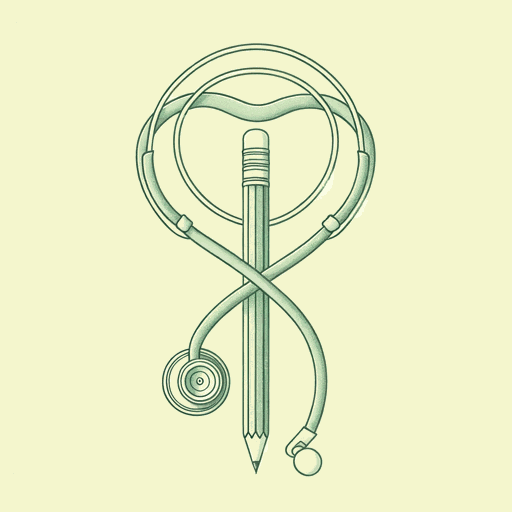40 pages • 1 hour read
Atul GawandeThe Checklist Manifesto: How to Get Things Right
Nonfiction | Book | Adult | Published in 2009A modern alternative to SparkNotes and CliffsNotes, SuperSummary offers high-quality Study Guides with detailed chapter summaries and analysis of major themes, characters, and more.
Introduction-Chapter 1Chapter Summaries & Analyses
Introduction Summary
Atul Gawande begins The Checklist Manifesto: How to Get Things Right by recounting two stories he heard from his colleague John. The first story involves a stab wound victim who initially seemed stable. However, the patient began having problems, became unconscious, and had to undergo life-saving measures. The second story involves a cancer patient who flatlined during surgery. Regarding the first story, Gawande reveals that nobody asked what type of weapon caused the patient’s stab wound. Questioning would have provided insight into the nature of the wound, as it was deeper than a typical knife wound because it was caused by a bayonet. In the second story, the anesthesiologist did not realize that the patient had low potassium levels, and gave the patient too much potassium, making the dose nearly lethal. In both stories, care professionals were able to save the lives of their patients, but the mistakes made could have been prevented.
Gawande uses the two anecdotes to frame the focus of his book. He mentions how there are generally two types of mistakes: ones made out of ignorance and ones made out of ineptitude. He discusses how for most of human history, mistakes of ignorance were generally more common, especially in the medical field.
Related Titles
By Atul Gawande




